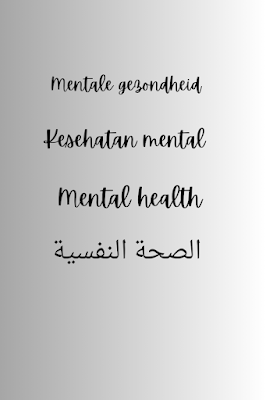Signs Your Body Is Stressed—and How to Calm It Down
Stress doesn’t just live in your mind—it lingers in your body too. While you might think stress is all about overthinking or feeling overwhelmed, your body often shows the signs before your brain even notices. The problem is, many of us have learned to ignore those signs, brushing them off as just being "tired" or "getting old."
Let’s tune in to what your body might be trying to tell you.
Physical Signs of Stress You Might Be Overlooking
According to the American Psychological Association (APA), prolonged stress activates the body's sympathetic nervous system, triggering what's known as the “fight-or-flight” response. That’s great in short bursts—but harmful when it never turns off.
Here are some common ways stress shows up physically:
-
Muscle tension – especially in the neck, shoulders, and back.
-
Frequent headaches – especially tension headaches that feel like a tight band around your head.
-
Trouble sleeping – either difficulty falling asleep or waking up too early.
-
Digestive issues – like bloating, indigestion, or changes in appetite.
-
Rapid heartbeat or chest tightness – even when you're sitting still.
-
Shallow breathing – without realizing, you might be holding your breath or breathing too fast.
You might recognize some of these signs and not even connect them to stress. But your body keeps the score.
Why Does This Happen?
When you're stressed, your body releases cortisol, a hormone that helps you respond to danger. But when stress becomes chronic, cortisol levels stay high, and that’s when problems begin. Long-term elevated cortisol is linked to issues like high blood pressure, fatigue, and even a weakened immune system (Mayo Clinic, 2022).
In short: stress was designed to save your life in a moment of danger. But in modern life, it often just steals your peace.
How to Help Your Body Feel Safe Again
Thankfully, there are science-backed ways to calm the body and signal that it’s safe to relax.
-
Breathe deeply
Try box breathing: inhale for 4 seconds, hold for 4, exhale for 4, hold for 4. This technique helps switch on your parasympathetic nervous system—the "rest and digest" mode. -
Move gently
Stretching, yoga, or even a slow walk outdoors can release built-up tension and regulate your nervous system. -
Cut back on stimulants
Caffeine and sugar can make an already-wired body feel more anxious. Try herbal tea, or water with lemon, to hydrate without overstimulating. -
Prioritize sleep
Sleep is when the body repairs itself. Create a bedtime ritual, reduce screen time before bed, and try to go to sleep at the same time each night. -
Seek connection
A hug, holding hands, or simply talking to someone you trust can release oxytocin—a hormone that lowers stress levels and supports emotional safety.
The Bottom Line
Your body is wise. It speaks even when your mind is busy. Paying attention to physical signs of stress isn’t a weakness—it’s a powerful act of self-awareness. By learning to recognize these signals and respond with care, you're taking an important step toward whole-body wellbeing.
Because you deserve to feel calm—not just in your mind, but in every muscle, breath, and heartbeat.


















